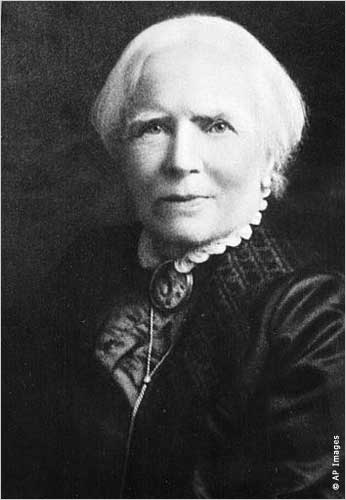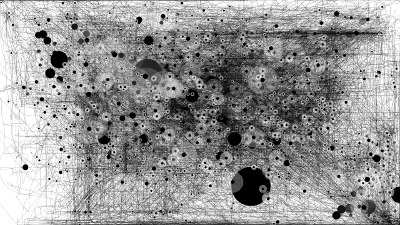They obviously didn’t show up here, but the words had to have gone somewhere, right?
Right.
Some of them went to the Crossed Genres July issue, my first short story sale.
More showed up in the Clarkesworld July issue. This one’s a non-fiction piece about controlled ecologies for space travel.
I like writing about science for science fiction writers. My latest Science in My Fiction piece is on plate tectonics and worldbuilding. This is part of a “science of worldbuilding” series that has covered biome placement and satellite images. The next installment, in August, will be about naming organisms: how will scientists decide what to call alien lifeforms? What will people who live with these alien species call them? I’m not sure what comes next: are there ecology or worldbuilding topics you’re interested in? Anything that can be used in science fiction is fair game, which really means anything is possible.
There were other things too: a zombie story submitted to an anthology, agonizing over a Viable Paradise writing workshop application. (If you’re interested in writing zombie stories, the deadline for anthology submissions has been extended to July 15).
And, you know, work, family, business stuff (busiest month ever, on top of everything else), houseguests, interminable yardwork. This was a ridiculously busy June, with umpteen deadlines, and for a while I wasn’t sure I was going to make them all. I did, but only because one thing I said I’d help with didn’t materialize (or rather, they didn’t need my help after all). Whew!
Plans for the rest of the summer: I’m teaching a weaving class in Albuquerque in a few weeks, and have to finish my class materials. That’s the top priority.
I have a novel to finish, and a couple of short stories to wrap up and submit.
I have a nonfiction book proposal that my mental map had finished a year ago, but isn’t.
I’m working on fiction database project that I’ll tell you about when it’s farther along.
I have some travel planned for work, and a week at Pennsic, but the whirlwind of houseguests is over, the major deadlines have been met, and I think this is doable. Even if contemplating it makes me want to go back to bed.

